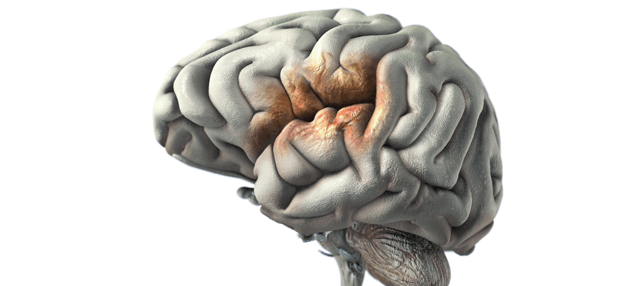ISC 2015 New research was presented at ISC 2015, the annual International Stroke Conference, from February 11 to 13 in Nashville. The features below highlight some of the studies emerging from the conference that are relevant to emergency physicians.
Differentiating Acute Stroke From Mimics
The Particulars: At hospital admission, elevated blood pressure (BP) in acute stroke is common and has been linked to poor outcomes. However, little is known about the natural history of prehospital BP in suspected stroke patients.
Data Breakdown: Investigators analyzed data on nearly 900 patients with emergency medical services dispatch codes for suspected stroke for a study. Average systolic BP levels were higher in acute stroke (155 mm Hg) when compared with stroke mimics (143 mm Hg), and higher in intracerebral hemorrhage (171 mm Hg) than both ischemic stroke (155 mm Hg) and transient ischemic attack (153 mm Hg).
Take Home Pearl: Prehospital systolic BP appears to be higher in patients with acute stroke when compared with those who have stroke mimics and may help differentiate these patients. A
Different Way to Predict Stroke Outcomes
The Particulars: Elevated intracranial pressure (ICP) can help predict long-term neurologic deficits and mortality in stroke patients, but current methods for measuring ICP have limited accuracy. Optic nerve ultrasound may provide a non-invasive way to measure optic nerve sheath dimension for valuable ICP monitoring.
Data Breakdown: For a study, bedside optic nerve ultrasound was performed on the day of admission and the following day among stroke patients. Significant differences in average optic nerve sheath diameter were observed between patients who died and those who did not. For every 0.1 cm increase in optic nerve sheath diameter, the odds for mortality were 4.239 times higher than the odds of no mortality among ischemic stroke patients and 6.222 times higher among intracerebral hemorrhage patients.
Take Home Pearl: Optic nerve ultrasound appears to be a reliable, non-invasive technique for predicting elevated ICP and allowing for early therapy that could improve patient care.
Characterizing Missed Strokes
The Particulars: Failure to recognize acute stroke in the ED represents a missed opportunity for therapy and prompt secondary prevention treatments. Common characteristics of missed strokes are not well defined.
Data Breakdown: For a study, researchers reviewed a random sample of adults with a discharge diagnosis of ischemic stroke. Among the 18% of strokes that were initially misdiagnosed, 56% presented in the time window for thrombolytic therapy and could have received intervention. Posterior circulation strokes were more likely to be missed than anterior circulation strokes (34% vs 11%). Nausea/vomiting, headache, and difficulty walking were associated with posterior circulation strokes. Focal weakness was more common in anterior circulation patients.
Take Home Pearls: Nearly 20% of acute ischemic strokes appear to be missed in the ED. Posterior circulation strokes appear more likely to be missed than anterior strokes. Nausea/vomiting, headache, and difficulty walking may serve as triggers to consider ischemic stroke in the ED.


